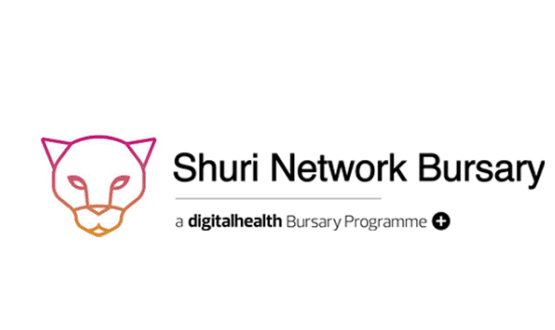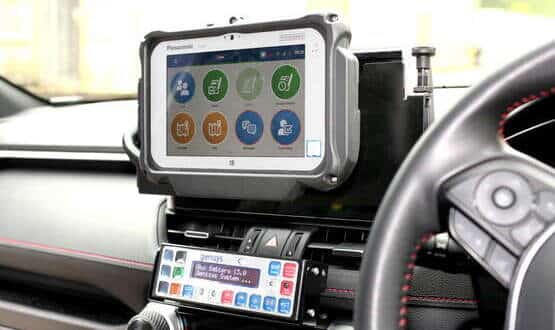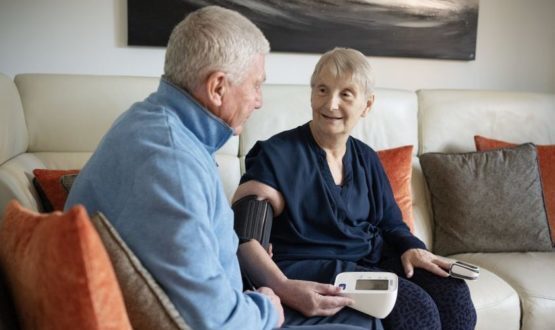Italian WiMAX ambulance project launched
- 6 August 2008
A new ambulance communications system is using high speed, long distance WiMAX wireless connections to enable doctors to diagnose and begin treating critically ill patients before they reach hospital.
The new technology allows connection speeds of up to 15Mbps for mobile vehicles with the system designed to be easy to use by ambulance paramedics. A short video clip of the project is available on YouTube.
Diagnosing and treating a critically ill or injured patient as early as possible can mean the difference between life and death. The Italian project, called ‘Weird’, is being funded as part of the European Union’s fifth framework research programme.
The new WiMAX communications system between a moving ambulance and its hospital base allows the simultaneous transmission of bandwidth-hungry video and ultra-sonic images, telephone communications and patient data, all at the same time.
The wireless ambulance system allows the wireless exchange of patient data, medical images, video-streaming and even video-conferencing. Medical teams can therefore gather vital and detailed information about the patient’s condition and advise the ambulance team on patient treatment as they rush towards the hospital.
“If you are transmitting data in high quality, it is very important that you don’t lose any bit of information,” says Enrico Angori, a leading researcher on the Weird project. WiMAX is the cheapest channel to use and the channel that can deliver the best quality of service.”
Although the technology is not new, the research team on the Weird project have extended the resilience and flexibility of the WiMAX technology and created a user-friendly package that can easily be used in ambulances by non-computer specialists.
“The main part of our work is to make it easy for end-users to make use of the benefits of new technologies like WiMAX,” explains Giuseppe Martufi, another member of the Weird research team.
The team achieve this by developing software that hides the complexity of the configuration of the end-to-end communication channel, whatever the different equipment or different versions of WiMAX used. It means that the paramedic onboard the ambulance can quickly and easily establish an end-to-end link without specialist training.
The ambulances transmit and receive high-quality data over WiMAX, a microwave access technology that can deliver data at up to 75Mbs per second over a range of 70km between fixed points (802.16.d), or its mobile version can provide 15Mbs over a four-kilometre radius (802.16.e).
The system also uses a protocol called Diameter, which reserves bandwidth to be used for the ambulance’s critical communications. The protocol identifies data traffic and prioritises it, ensuring communications are not blocked by low-priority data traffic, such as emails.
One of the most important features of the ambulance communications system is its ability to create end-to-end links between two points by seamlessly integrating the WiMAX signal with the other wireless communication technologies encountered, such as mobile telephony.
The Weird researchers developed software that takes advantage of the features of ‘next-generation networks’. NGNs layer information, decoupling the applications from the underlying transport stratum. Whatever the underlying network, the ambulance’s signals will be passed seamlessly, end to end.
A few years ago, developers had envisaged global WiMAX networks replacing our present communications infrastructures. Increasingly, WiMAX is being viewed as a complementary technology to existing wireless communication access channels.
Not all applications are designed to run on NGNs. For these, the research team built a series of adaptors – known as Weird agents or Weird application programming interfaces. Weird agents allow non-NGN applications to take advantage of the enhanced quality of service and seamless mobility features offered by the ambulance communications system.
Video clip




